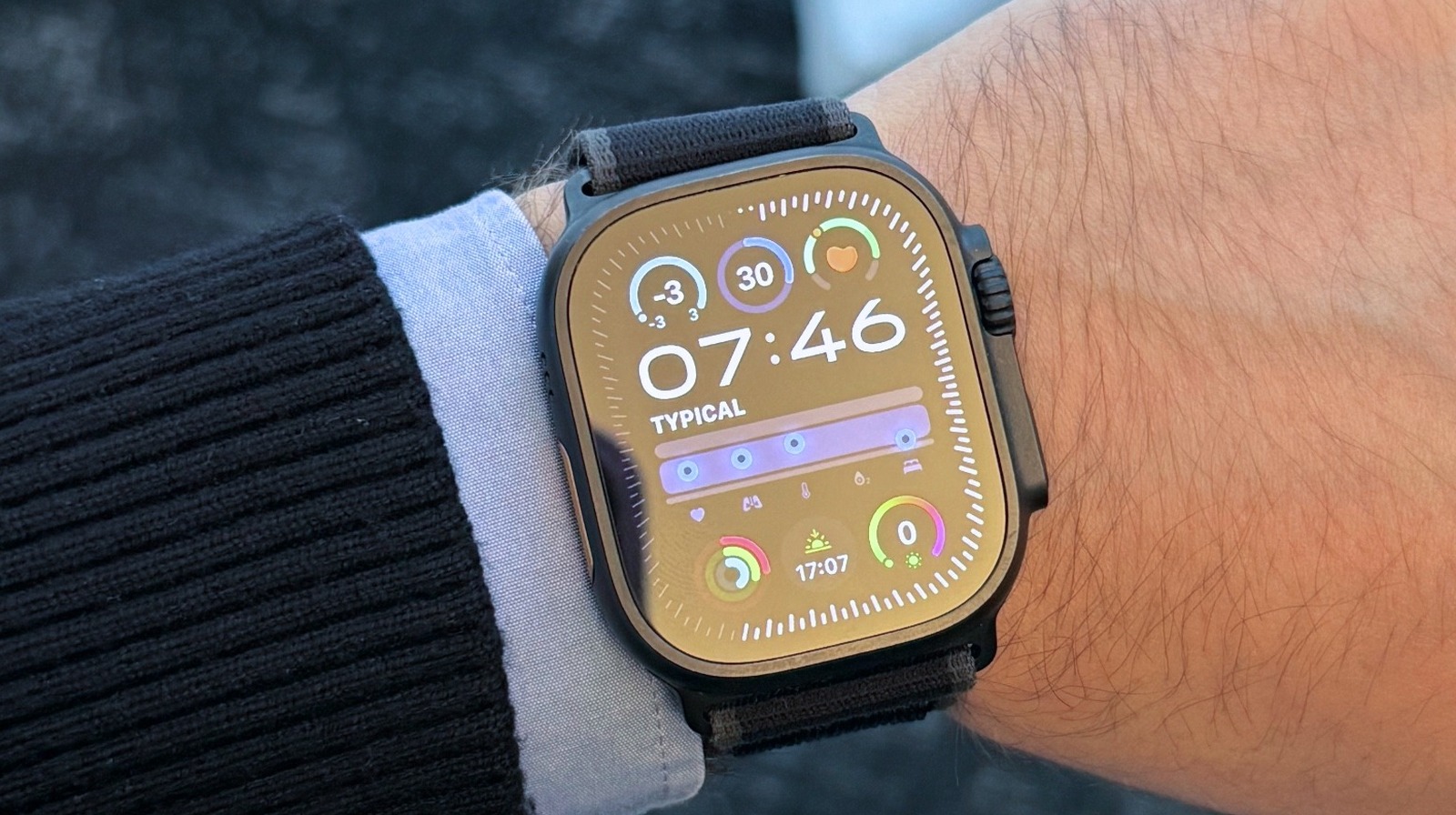Now Reading: Microsoft Unveils AI Agent Capable of Autonomous Malware Detection
-
01
Microsoft Unveils AI Agent Capable of Autonomous Malware Detection
Microsoft Unveils AI Agent Capable of Autonomous Malware Detection

Rapid Summary
- Microsoft’s AI Tool Announcement: Microsoft unveiled “Project Ire,” an autonomous AI agent designed to detect and classify malware without human intervention.
- How It Works:
– Utilizes tools like angr and Ghidra to reverse-engineer potentially malicious software.
– Logs findings for human review and uses a validator tool for final assessments.
– Achieved precision scores of up to 0.98 in tests using public datasets of Windows drivers, with promising results in experimental detection of advanced threats.
- Testing Results:
– Correctly identified 90% of files in one test, flagging only 2% benign software incorrectly as threats.
– In a more challenging dataset, precision was at 0.89 but recall dropped substantially (at just 0.26).
- Goal: Future optimization aims to increase its speed and accuracy across various file types and detect novel malware directly from memory.
Images included:
!Image showing a cyberattack warning on a PC
!Microsoft Defender logo
Indian Opinion Analysis
The growth of technologies like Microsoft’s Project Ire signals transformative advances in the cybersecurity domain. With India being one of the largest digital hubs globally-hosting millions of internet users-the implications are profound.Increased efficiency in detecting malware could bolster security across government systems, private enterprises, financial institutions, and personal networks that are often targeted by cybercriminals.
The introduction of autonomous tools also underscores the growing reliance on AI within critical infrastructure sectors. While Project Ire shows promise with high precision levels during testing phases, lower recall rates highlight areas needing improvement before broad-scale deployment becomes viable for Indian industries relying heavily on IT-based frameworks.
India stands at an favorable position if such innovations are adopted proactively by national cybersecurity organizations or partnerships with global technology firms like Microsoft. However, ethical considerations must still be addressed when large-scale automated decision-making is involved-a balance between speed versus oversight remains crucial as this technology evolves.
























